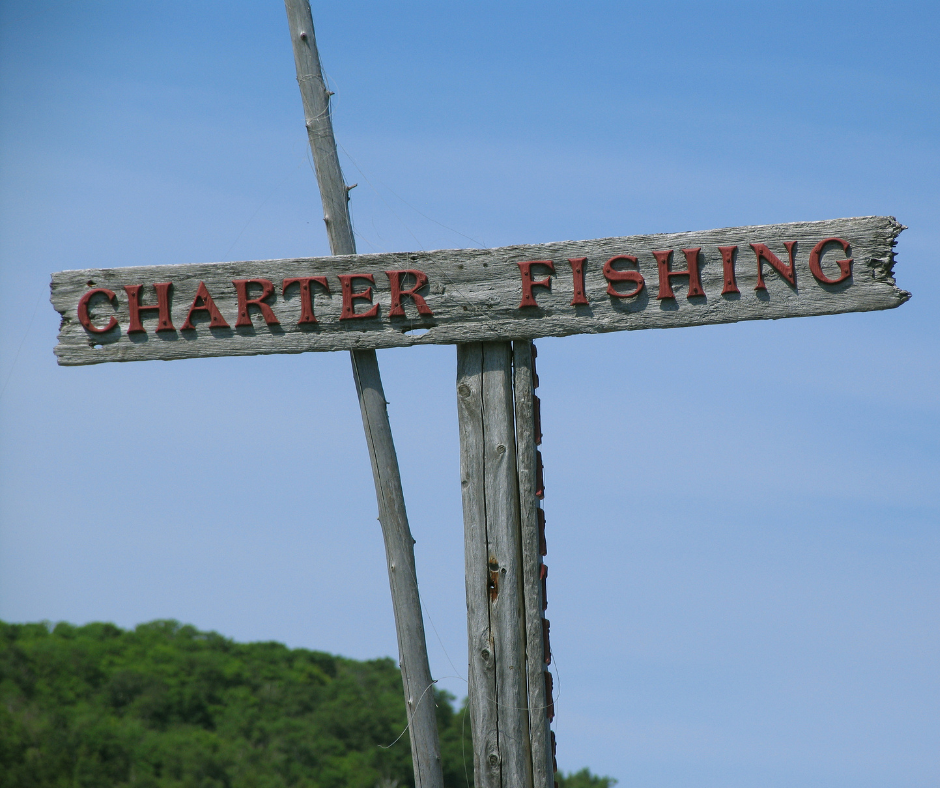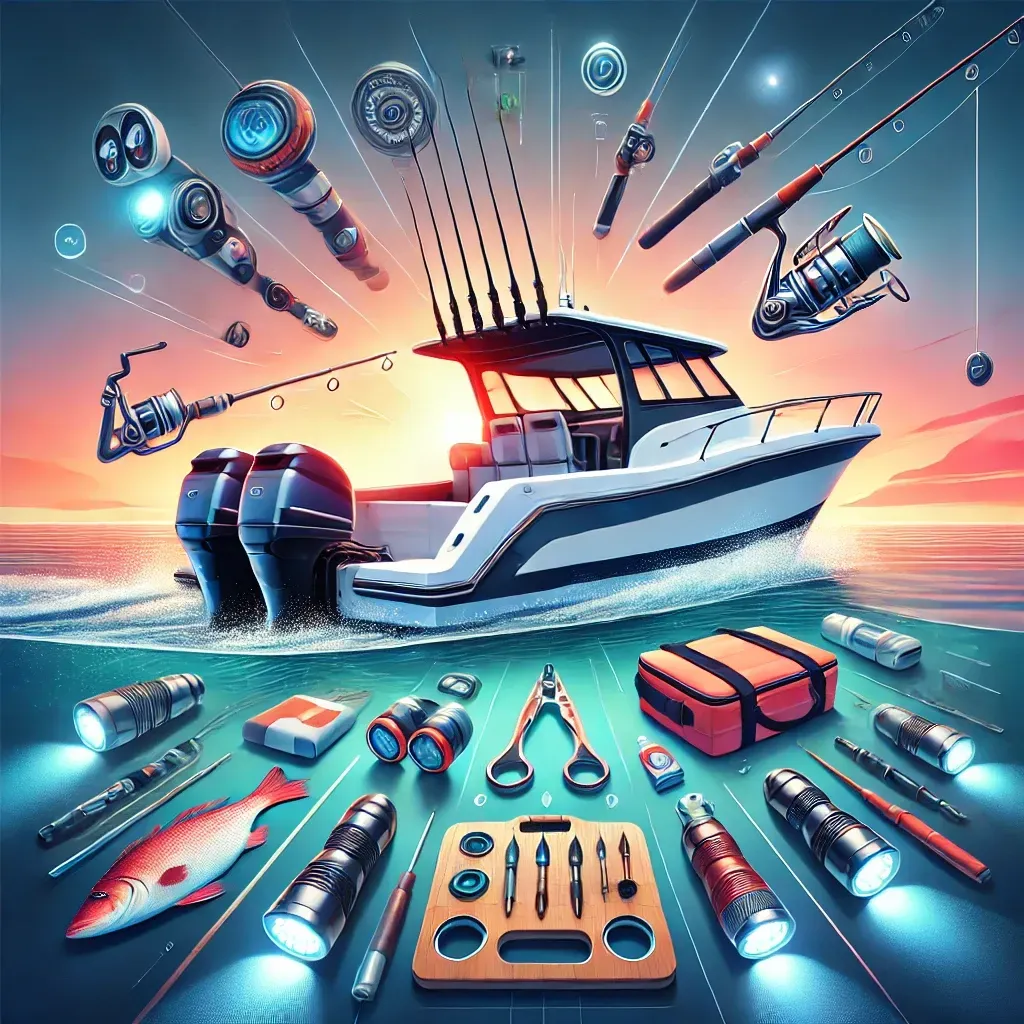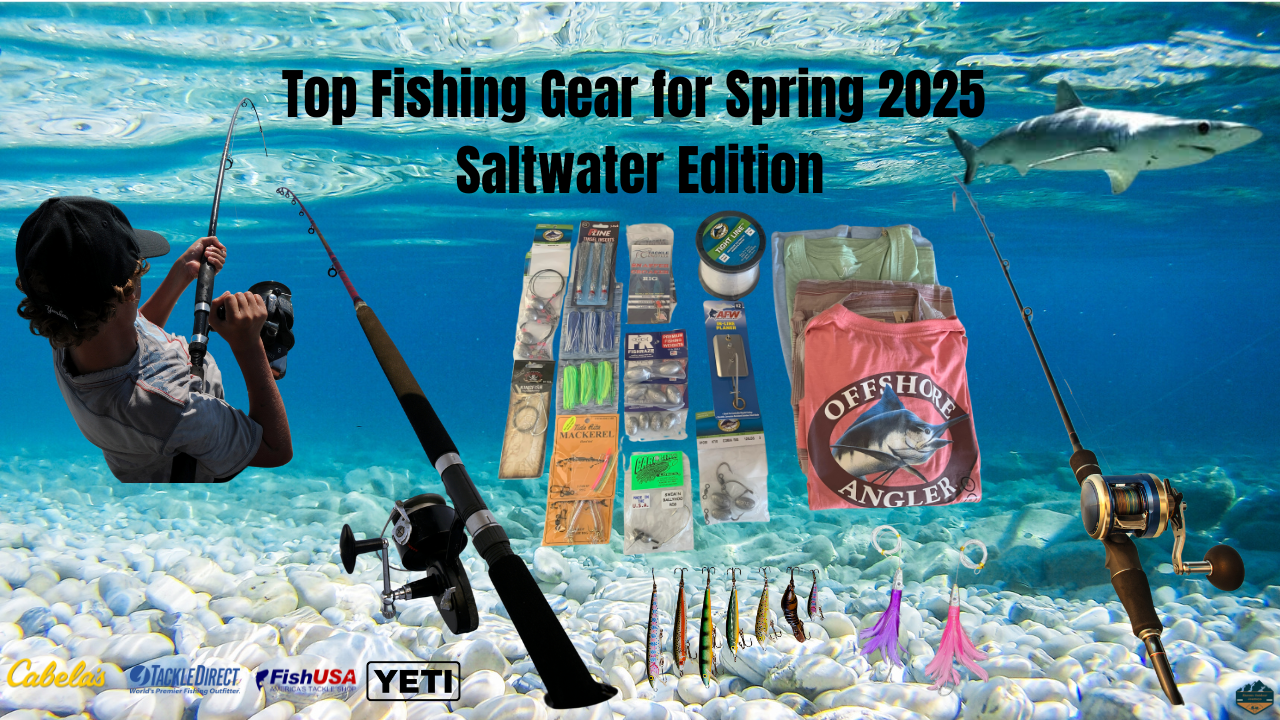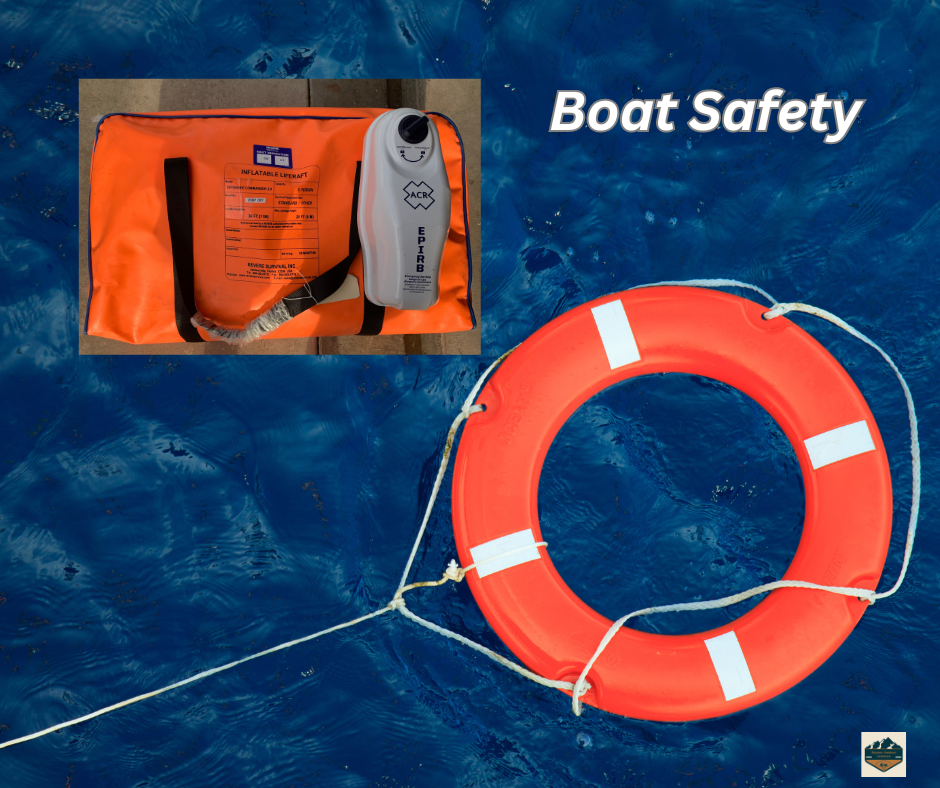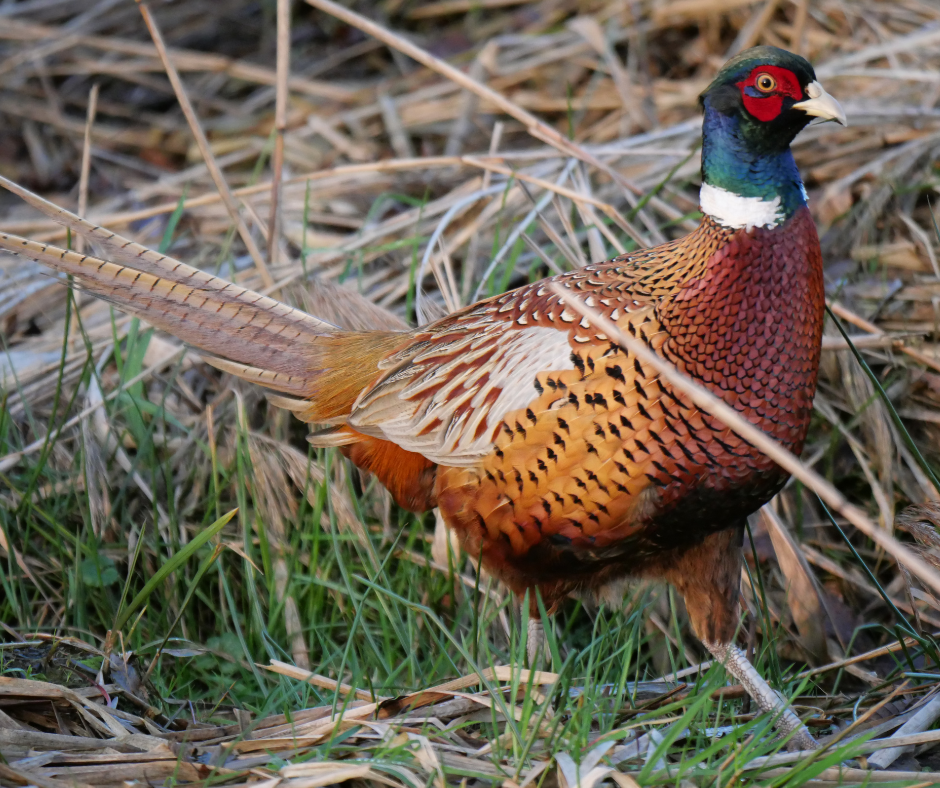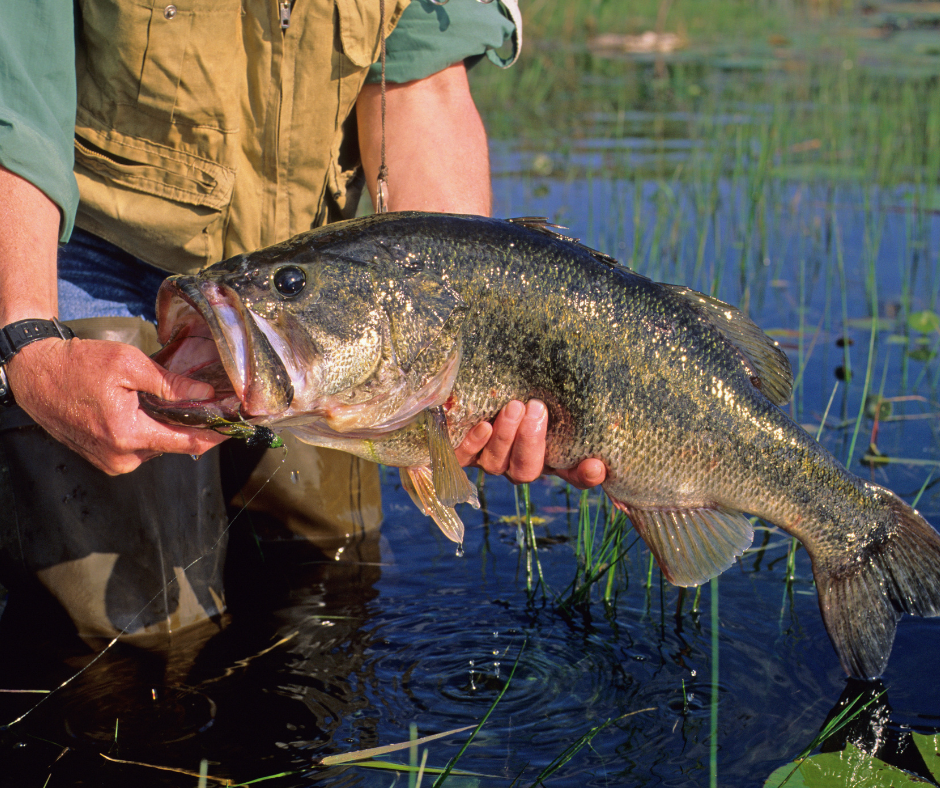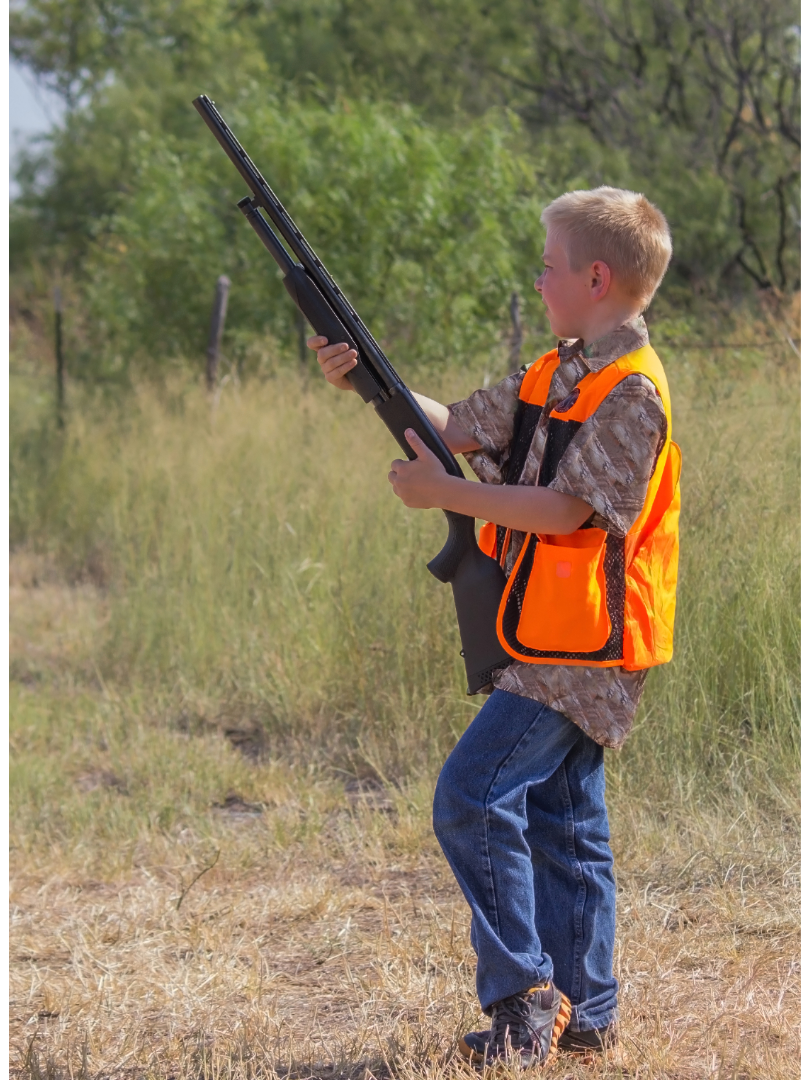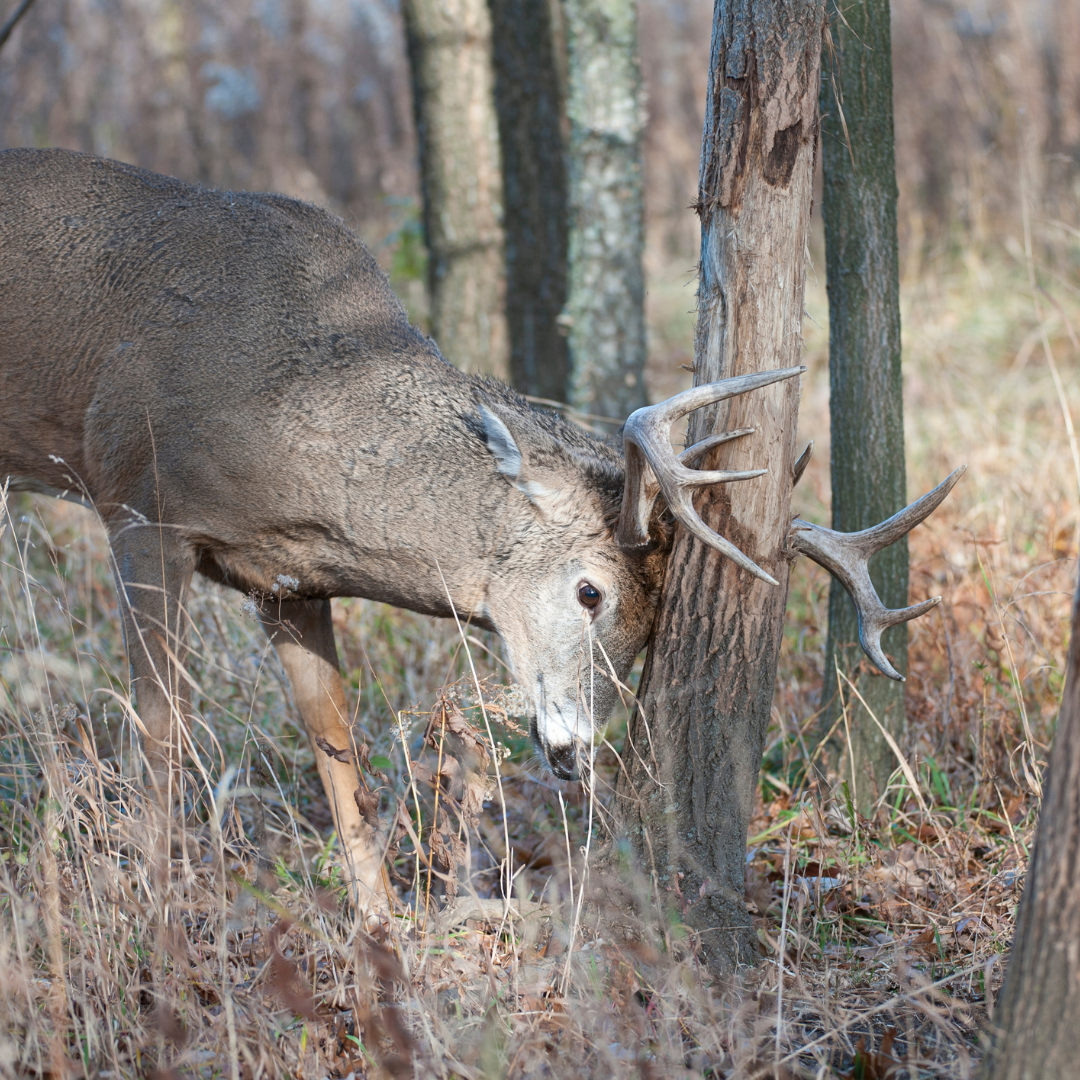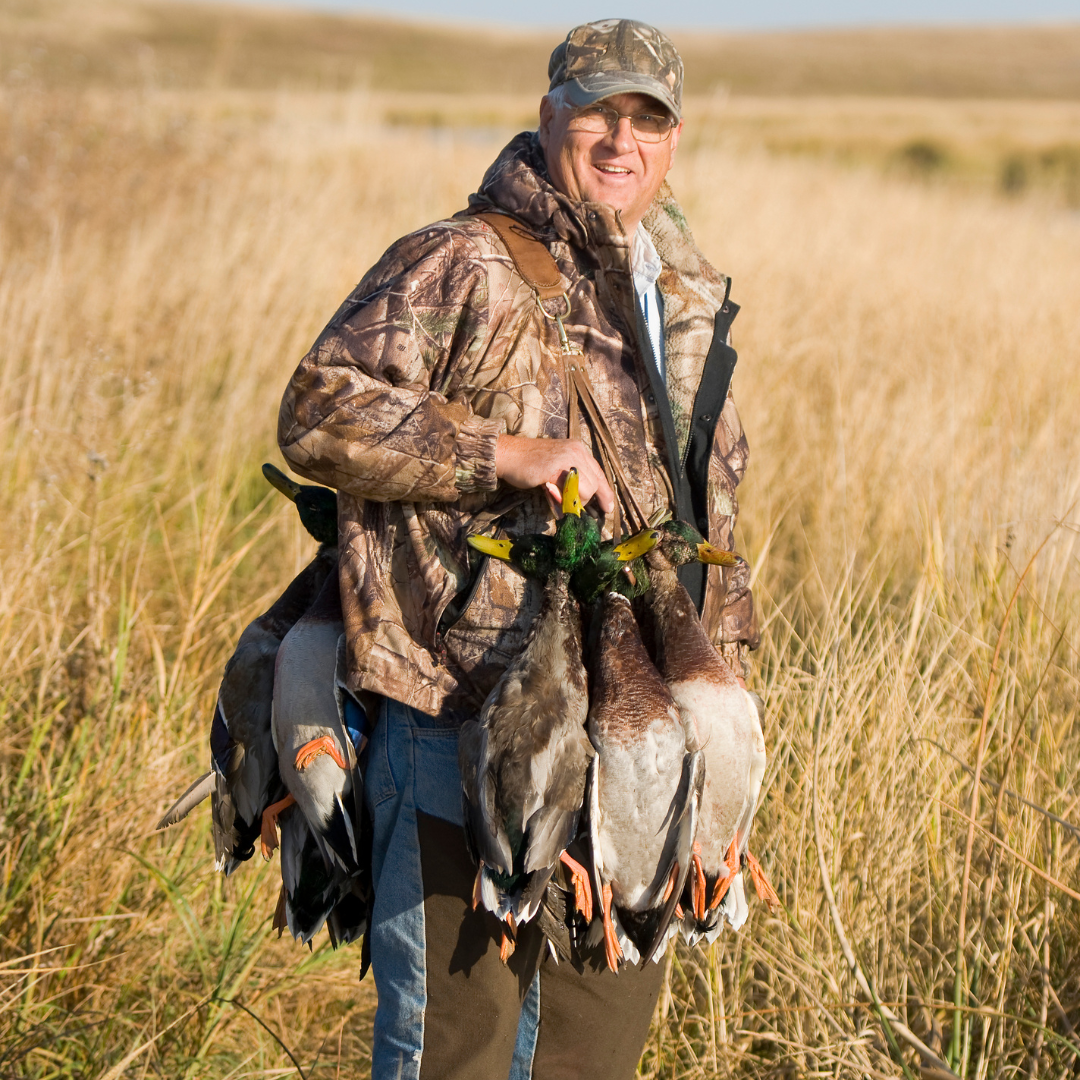Bass Fishing Tips and Techniques for Landing the Big One
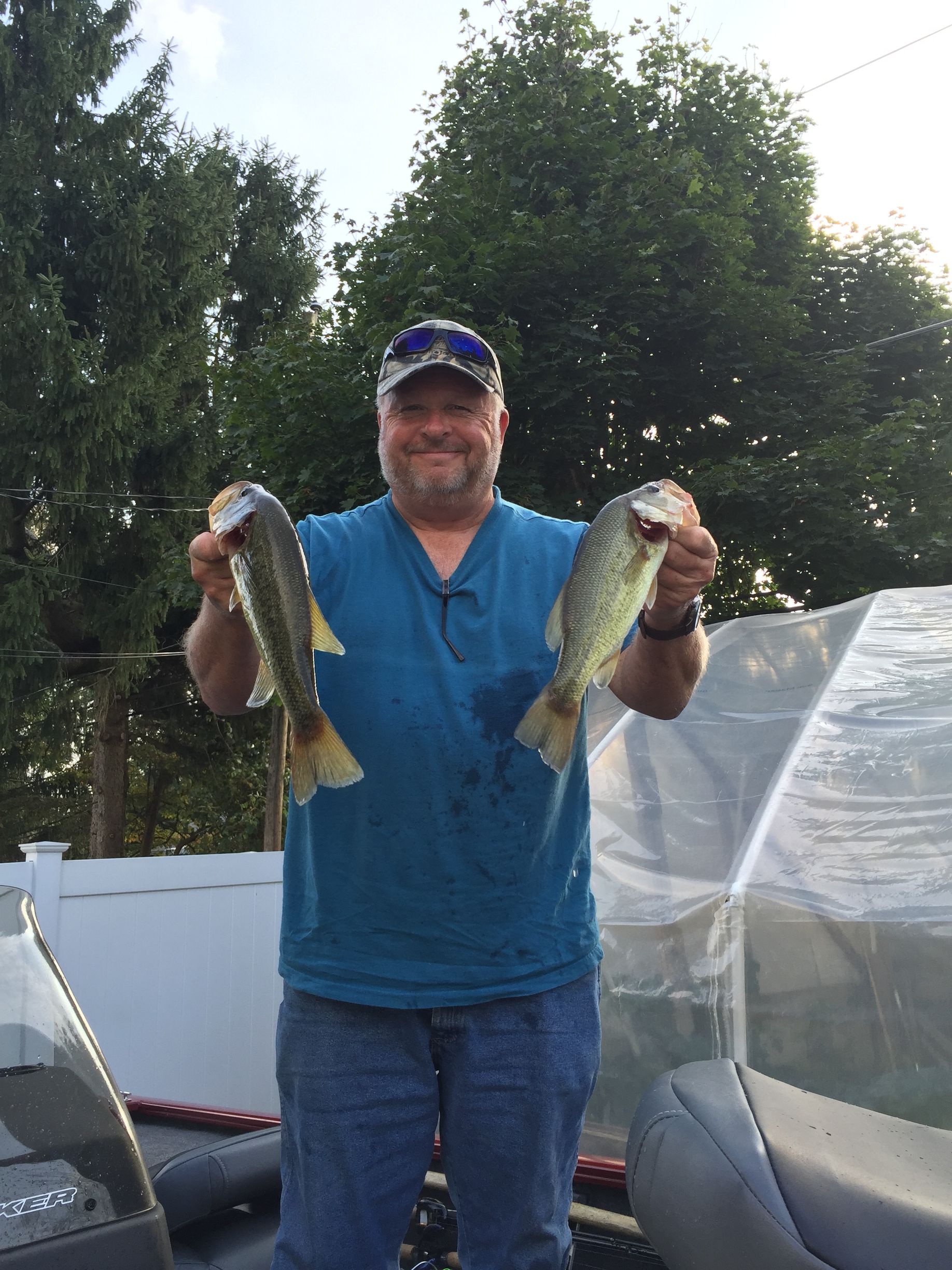
Bass fishing is a popular and rewarding sport that attracts anglers from all walks of life. Whether you're a seasoned pro or just starting, the pursuit of landing the "big one" remains an exhilarating challenge. In this article, we will explore some valuable bass fishing tips and techniques that will help you improve your chances of success and make your next fishing trip an unforgettable experience.
To effectively catch bass, it's crucial to understand their behavior. Bass are opportunistic predators that often hide near cover, such as rocks, vegetation, or submerged structures. They are most active during low-light conditions, such as early morning or late afternoon, and tend to feed more aggressively in slightly cooler water temperatures.
Selecting the appropriate fishing gear is essential for bass fishing success. Medium to medium-heavy spinning or baitcasting rods are commonly used, paired with reels that have a smooth drag system. The choice between monofilament, fluorocarbon, or braided line depends on the fishing conditions, but fluorocarbon is often preferred for its low visibility in clear water. Make sure to match your gear to the size of the bass you're targeting.
Bass can be lured using various techniques, and experimenting with different lures is part of the excitement. Some popular bass lures include:
a. Crankbaits: Effective for covering large areas, crankbaits imitate injured baitfish and are best used around rocky or submerged structures.
b. Soft Plastic Worms: Rigged Texas-style or with a Carolina rig, soft plastic worms are versatile and mimic natural prey. They work well in vegetation and around drop-offs.
c. Spinnerbaits: Spinnerbaits create vibrations and flashes that attract bass in murky waters or during low-light conditions.
d. Jigs: Jigs are perfect for flipping or pitching into heavy cover, enticing bass to strike as they fall.
e. Topwater Lures: Topwater baits are exhilarating to use as bass strike them on the water's surface, creating exciting visual action.
Understanding bass behavior in different seasons is vital for success. In spring, bass move to shallow waters for spawning and can be caught with soft plastic baits and spinnerbaits. During summer, they often go deeper to cooler waters, requiring crankbaits or jigs. Fall sees bass actively feeding, making topwater lures and crankbaits effective. In winter, bass become less active and slow-moving baits like jigs work best.
The way you present your lure can make all the difference. Bass can be finicky at times, so be patient and experiment with retrieval speeds, pauses, and different actions to trigger a strike. Mimicking the movement of natural prey is crucial for enticing bass to bite.
Bass have keen senses, so practicing stealth and patience is essential. Avoid making excessive noise or sudden movements that could spook them. Take your time to observe the water's surface and look for signs of bass activity, such as splashing or jumping fish.
Bass fishing is a pursuit that combines skill, strategy, and appreciation for nature. By understanding bass behavior, selecting the right gear, mastering lure techniques, and being observant, you increase your chances of landing the big one. Remember, fishing is not just about the catch; it's also about enjoying the process and being part of the natural world. So, grab your gear, head to your favorite bass fishing spot, and embark on an adventure that will bring you closer to one of nature's most exciting and elusive predators. Happy fishing!
